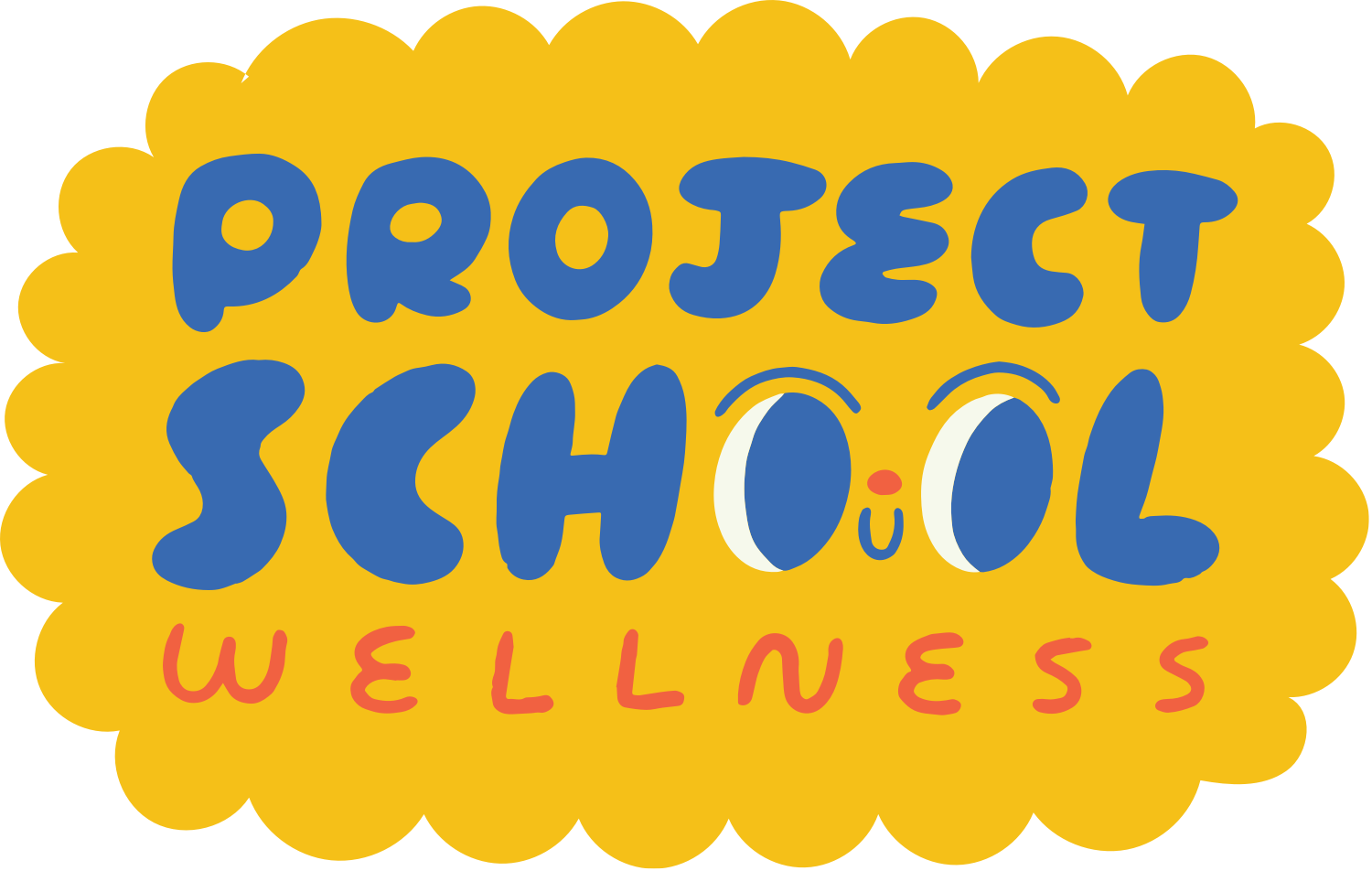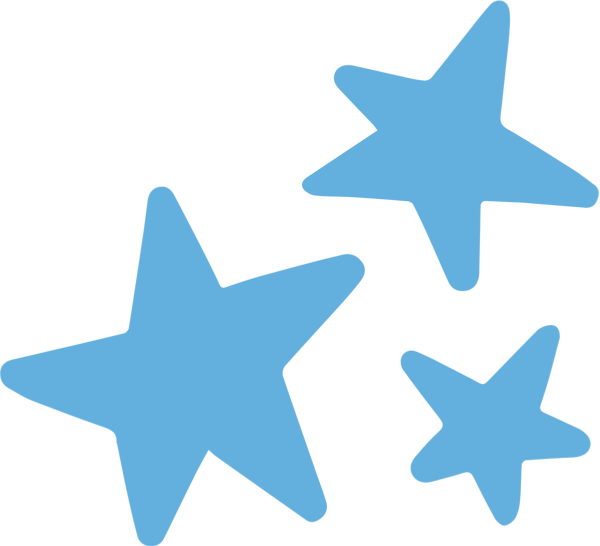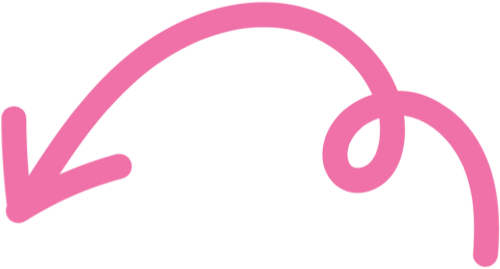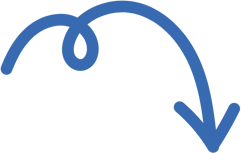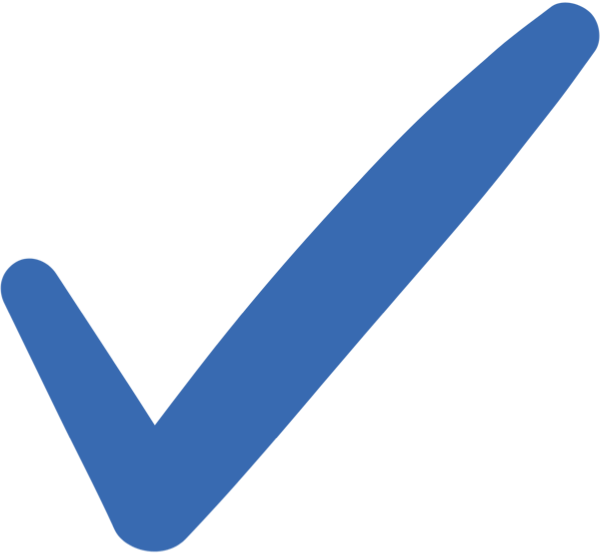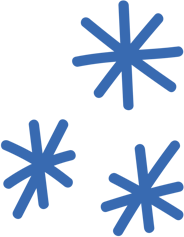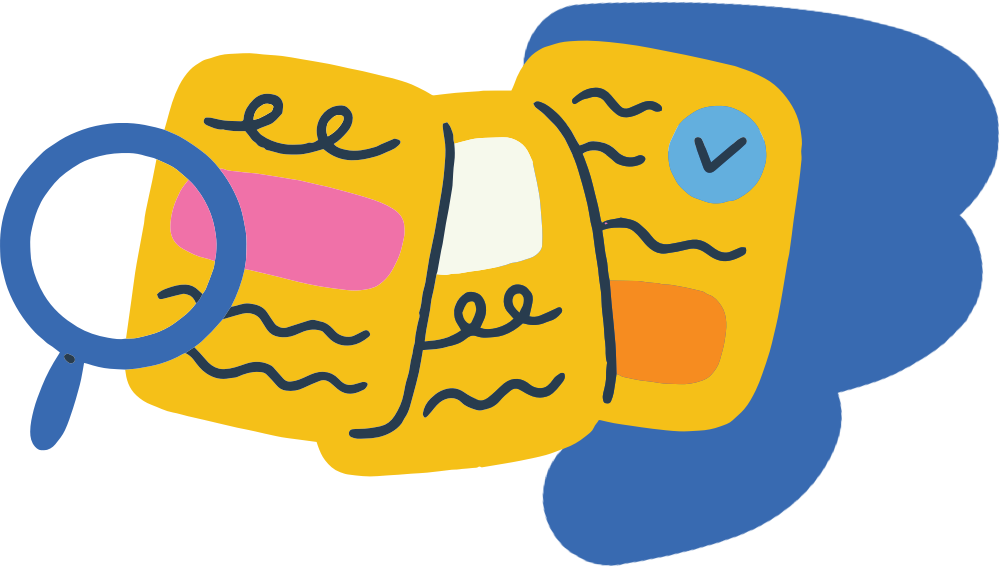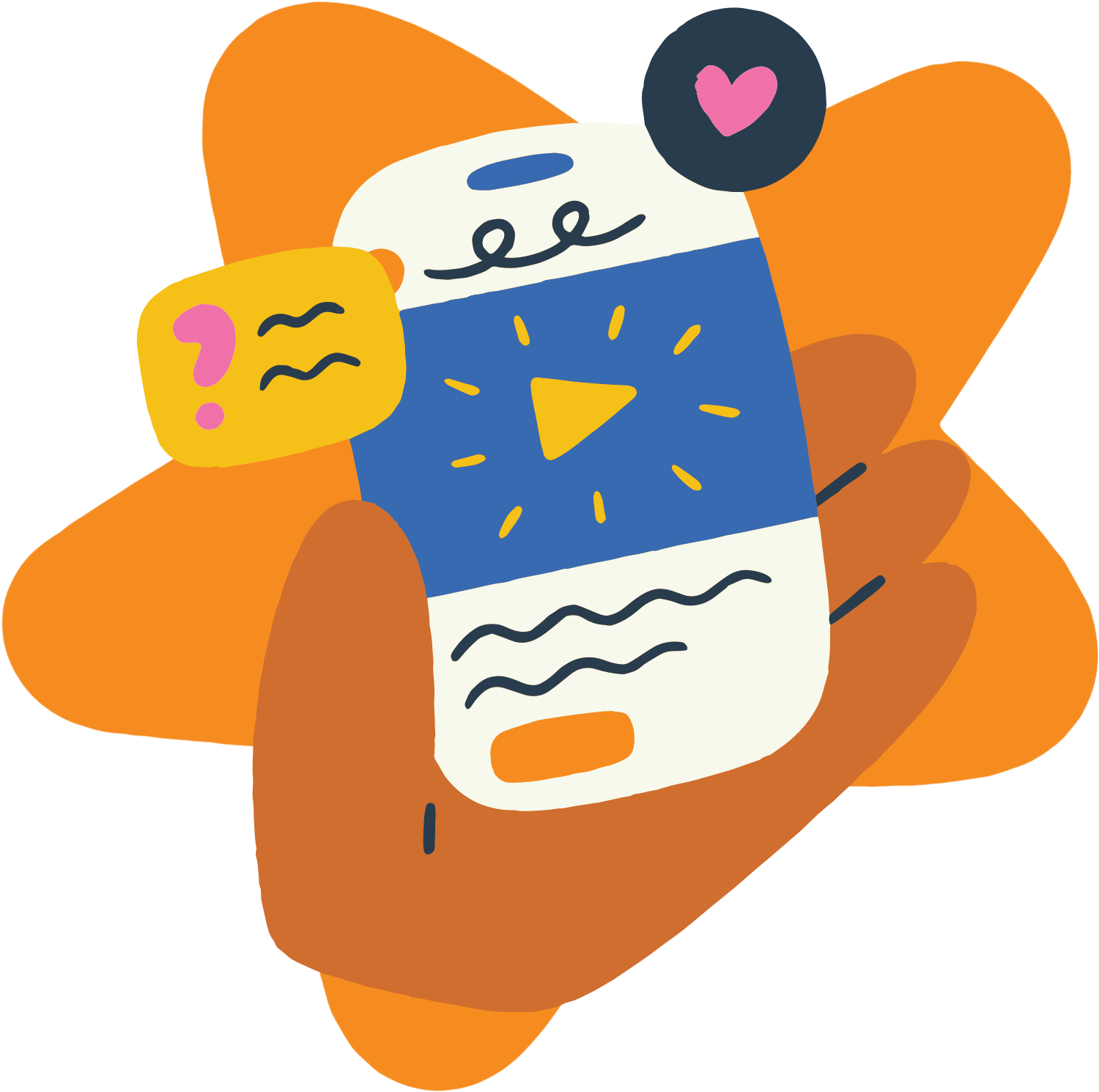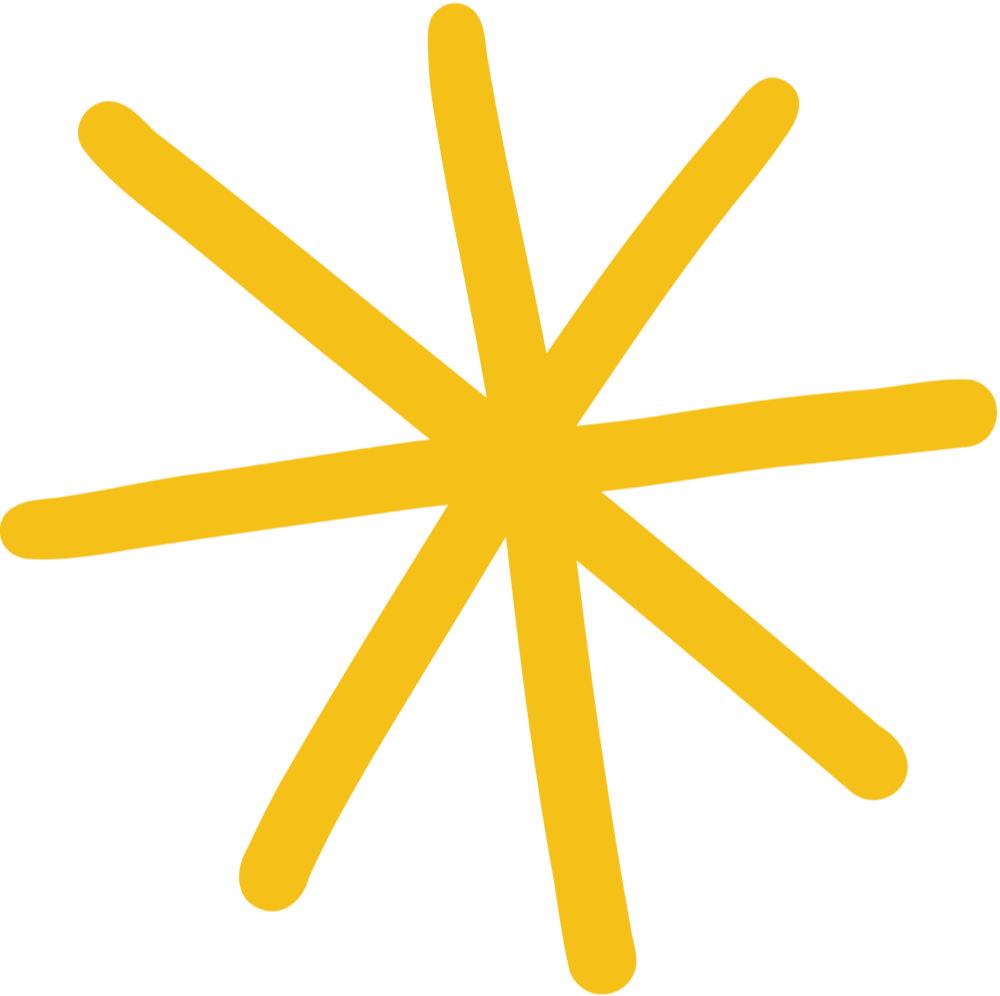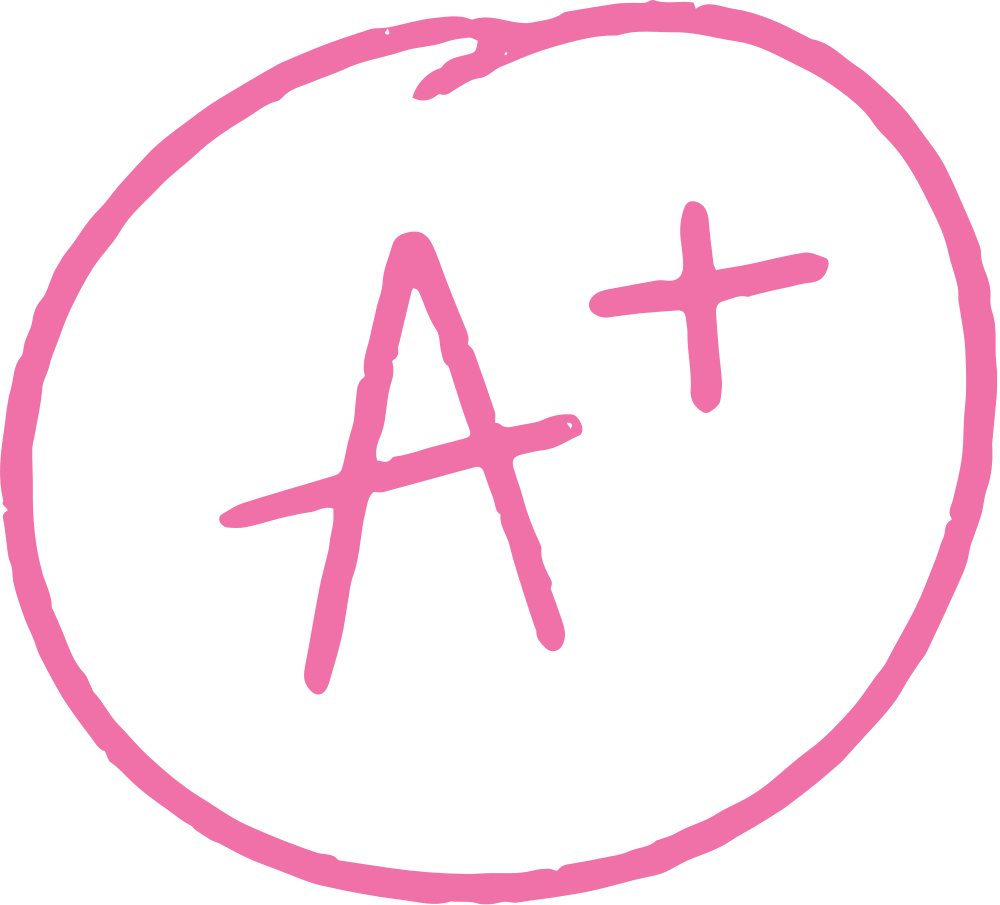
How to Teach the SHAPE America Standards & Health Skills
Goal Setting
Standard #6: Use a goal-setting process to support health and well-being of self and others.
Easy Health Teaching Ideas

Start Here
This is your teaching guide for the SHAPE America Standards and the health skill of goal setting (Standard #6). It breaks down the health skill and introduces the signature Project School Wellness goal-setting framework: GROW (Get Real with Yourself, Reach for Something New, Outsmart the Obstacles, Work to Make It Happen). This goal-setting tool gives students a step-by-step process to set meaningful goals and take intentional action to achieve them. Inside this guide, health teachers will find a definition of the skill, grade-level learning progression examples, and standards-based assessment ideas to support effective, skills-based instruction.
Table of Contents
An Introduction to the Skill of Goal Setting
Goal Setting
Let’s Explore
What is goal setting?
As one of the eight essential health skills in the SHAPE America National Health Education Standards, Goal Setting is a core component of effective health education and critical to promoting health literacy. This health skill teaches students how to set realistic and meaningful goals, create action plans, and track their progress over time. It also helps students build the motivation, resilience, and personal responsibility needed to make lasting changes that support their health and well-being.
Why It Matters?
Goals Bring Intention To Our Actions.
Instead of acting on autopilot, goals help students focus their energy and choices toward something meaningful.
Goals Are How We Take Care Of Our Health.
Whether it’s drinking more water, improving sleep, or managing stress, setting goals gives students a roadmap for supporting their well-being.
Goals Help Us Grow.
By setting and working toward goals, students learn to challenge themselves, reflect on their progress, and become more confident in their ability to make positive change.
the skill cue
How to Set Goals
-

G - Get Real/Gauge
Assess your current situation and identify your starting point.
-

R - Reach
Set realistic, meaningful goals to strive toward.
-

O - Obstacles
Identify potential challenges and plan strategies to address them.
-

W - Work
Take actionable steps to achieve your goals, staying consistent and focused. Reflecting and reevaluating often.
Skill Cue Video
How to Teach the Skill of Goal Setting
Step 1
Introduce the Health Skill
Step 2
Practice the Health Skill Cues
Step 3
Apply the Health Skill to Real Life
Goal Setting
Grade-Specific Teaching Ideas
-
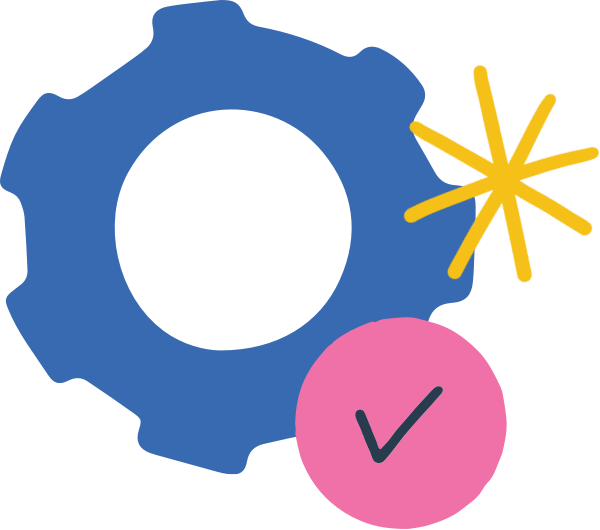
Learning Objectives
Standards-aligned learning objectives focused on building health skill proficiency and strengthening students’ health literacy through real-world application.
✅ Students can identify areas of their life they want to improve (e.g., being a better listener, remembering to wash hands, being more active).
✅ Students can describe simple, positive habits and routines that help them work toward their goals.
✅ Students can check in with themselves and reflect on how they’re doing (e.g., “Am I getting better at this?” “How do I feel about my progress?”).
-
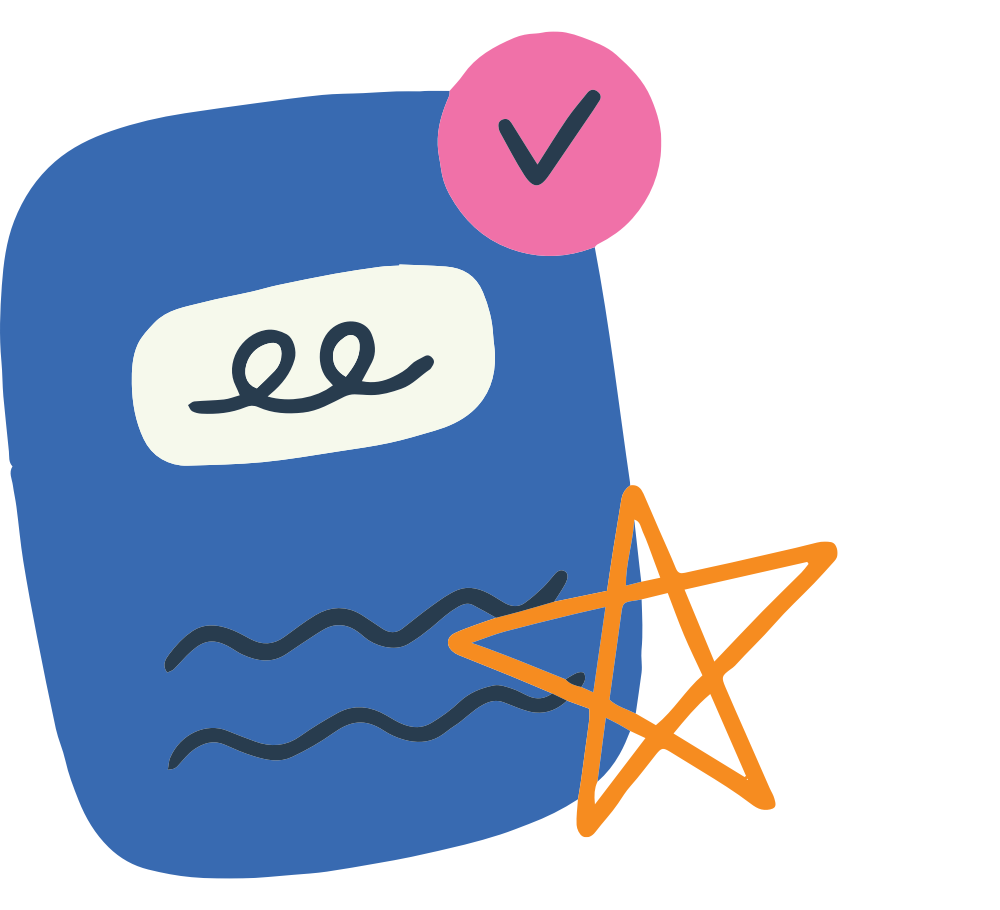
Teaching Activities
Hands-on, engaging teaching activities that give students opportunities to practice each health skill in realistic, relevant ways.
🔎 Goal Brainstorm Web: Students draw or write things they want to get better at (e.g., tying shoes, being a kind friend, eating more fruits).
🔎 Habit Tracker Chart: Students choose one goal and track their progress with simple visuals like stickers, smiley faces, or checkmarks.
🔎 Goal Check-In Circle: Create a routine where students share how their goal is going using prompts like “I’m proud because…” or “Next time I’ll try to…” -
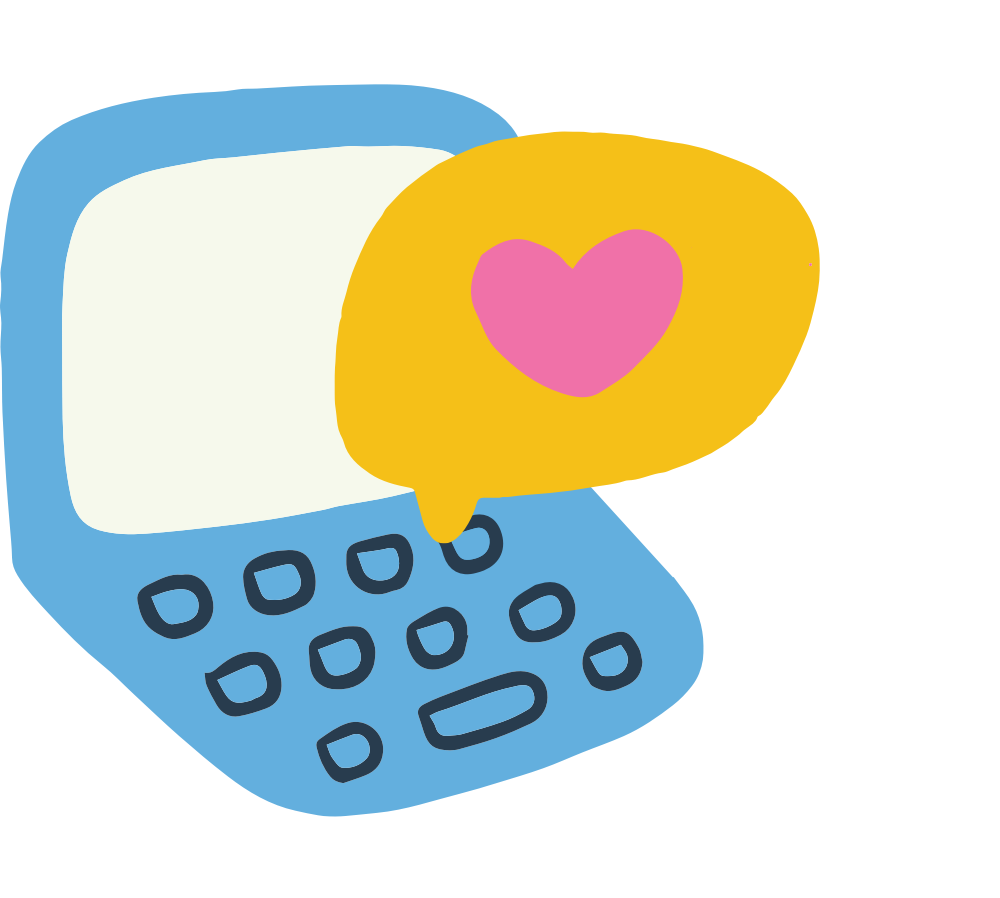
Assessment Ideas
Standards-based assessment measures students' health literacy and their ability to apply the health skills in a real-life scenario, demonstrating both their understanding of the health skill and their capacity to use it to manage their health.
📚 My Goal Poster: Students choose one goal and create a poster showing:
- What they want to improve
- Why it matters
- One thing they’ll do to work on it
- Include a visual element (drawing or photo) and a simple check-in section to show how it’s going.
-

Learning Objectives
Standards-aligned learning objectives focused on building health skill proficiency and strengthening students’ health literacy through real-world application.
✅ Students can understand what a goal is and why setting goals helps them grow and improve.
✅ Students can identify personal goals and begin practicing how to reach them using the GROW skill cue (Get Real, Reach, Outsmart Obstacles, Work).
✅ Students can monitor progress, reflect on effort, and adjust goals when needed.
-

Teaching Activities
Hands-on, engaging teaching activities that give students opportunities to practice each health skill in realistic, relevant ways.
🔎 GROW Match Activity: Introduce each step of the GROW model and have students match sample goals, obstacles, and action steps to the correct part.
🔎 Goal Gallery Walk: Students write a goal on chart paper, then rotate around the room offering encouraging ideas or suggestions for overcoming obstacles.
🔎 Mini Goal Challenge: Students set a short-term goal (like completing homework on time for a week) and use a reflection sheet to document progress and effort. -

Assessment Ideas
Standards-based assessment measures students' health literacy and their ability to apply the health skills in a real-life scenario, demonstrating both their understanding of the health skill and their capacity to use it to manage their health.
📚 GROW Goal-Setting Plan: Students choose a personal goal and complete a GROW planning sheet:
Get Real: What do I want to improve and why?
Reach: What is my goal?
Obstacles: What could get in the way and how can I handle it?
Work: What steps will I take and how will I track progress?
Option to include a short reflection after 1–2 weeks on what’s working and what they might change.
-

Learning Objectives
Standards-aligned learning objectives focused on building health skill proficiency and strengthening students’ health literacy through real-world application.
✅ Students can use the B.E.S.T. model (Body, Environment, Self, Social) to self-assess their well-being and identify a meaningful goal they want to work toward.
✅ Students can follow the GROW model (Get Real, Reach, Outsmart Obstacles, Work) to set and follow through on realistic goals.
✅ Students can establish accountability structures, such as check-ins, reflection tools, or support partners, to stay motivated and committed to their goals.
✅ Students can reflect on their progress and make adjustments based on effort, obstacles, and results. -

Teaching Activities
Hands-on, engaging teaching activities that give students opportunities to practice each health skill in realistic, relevant ways.
🔎 Obstacle Spotting Scenarios: Students review goal-setting scenarios (e.g., trying to get more sleep, save money, or eat breakfast daily) and identify potential obstacles. They then brainstorm and share realistic strategies for outsmarting those obstacles, building their ability to anticipate and adapt.
🔎 Accountability Learning Stations: Set up interactive stations featuring different accountability tools (habit trackers, goal buddies, reflection prompts, visual trackers, digital apps). Students explore each method, reflect on what would work best for them, and build a personalized accountability strategy.
🔎 B.E.S.T. Model Self-Assessment: Students use the B.E.S.T. framework to reflect on where they are currently with their Body, Environment, Self, and Social well-being. Based on this self-check, they identify one area they want to improve and start brainstorming a goal aligned with that area, not a formal plan yet, just reflection and exploration. -

Assessment Ideas
Standards-based assessment measures students' health literacy and their ability to apply the health skills in a real-life scenario, demonstrating both their understanding of the health skill and their capacity to use it to manage their health.
📚 B.E.S.T. + GROW Goal Case Study: Students complete a full self-assessment using the B.E.S.T. model to reflect on their well-being. Based on their reflection, they identify one area they want to improve and complete a full GROW plan.
The assessment must include:
- Their self-assessment using B.E.S.T.
- A clearly defined goal
- A step-by-step GROW breakdown
- An accountability plan (how they’ll stay on track)
- A short reflection on how they’ll check in and know if it’s working
Teach SHAPE America’s Health Skills
Health Skills
Teaching Toolkit
The Project School Wellness Health Skills Toolkit is your all-inclusive resource for teaching the health skills outlined in the SHAPE America National Health Education Standards. With done-for-you lesson plans featuring signature health skill cues, health teachers can confidently teach each health skill. Every lesson includes a flexible one-page worksheet that can be taught with any health topic, making it easy to reinforce and apply health skills across your entire health curriculum. Simple, effective, and ready to use, this toolkit makes skills-based health education easier than ever.
health skills lesson plans
Goal Setting Lesson Plans
-
Health Skills Toolkit
GROW Goals
Coming Soon | Free Access to Members
How to Write SMART Goals
Classroom Posters: How to Write SMART Goals
Writing Health Goals
Physical Health and Fitness Goal Setting
Fitness Unit Plans with Goal Setting Worksheet
explore free content
Youtube
Quick, easy-to-follow videos for health class that teach students the eight essential health skills and how to use Project School Wellness’s skill cues. Perfect for health teachers and students to build health literacy as they explore the health skill definitions, practical skill practices, and real-life applications.

a curated list of
Goal Setting Teaching Resources
-
Health Skills Toolkit
GROW Goals
Coming Soon | Free Access to Members
How to Write SMART Goals
Classroom Posters: How to Write SMART Goals
Writing Health Goals
Physical Health and Fitness Goal Setting
Fitness Unit Plans with Goal Setting Worksheet
-
Lesson Planning for Skills-Based Health Education (Secondary) by Sarah Benes and Holly Alperin
Lesson Planning for Skills-Based Elementary Health Education by Holly Alperin and Sarah Benes
*These are affiliate links. Commissions may be earned at no extra cost to you :)
-
Coming Soon!
-
Coming Soon!
Meet Project School Wellness
Your Go-To Partner in Health Education!
At Project School Wellness, we are dedicated to making health education simple, effective, and life-changing.
As your one-stop health education hub, we offer ready-to-use health curriculum and resources for health teachers, expert guidance for parents navigating tough topics, and trusted insights for students building lifelong health skills. In the health classroom, at home, or learning on their own, we’re here to help students build the knowledge, skills, and confidence needed to live their healthiest, happiest lives.
